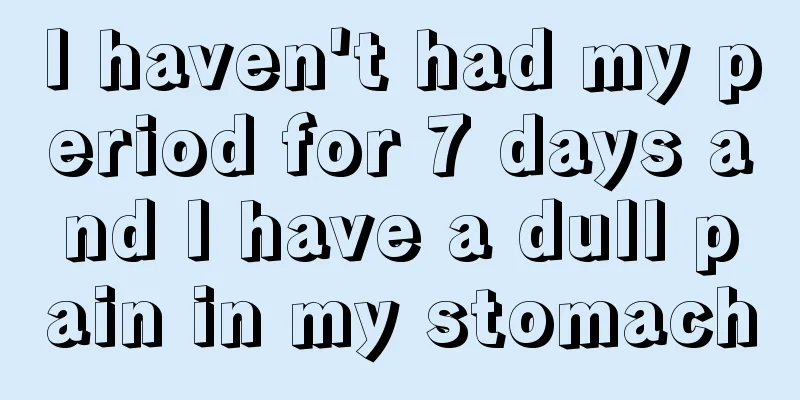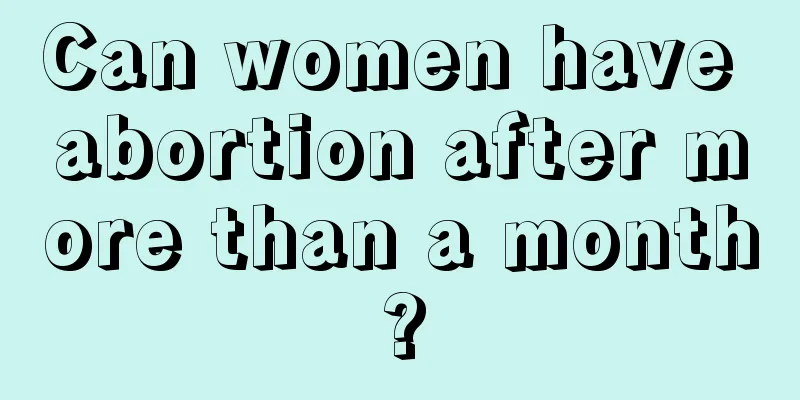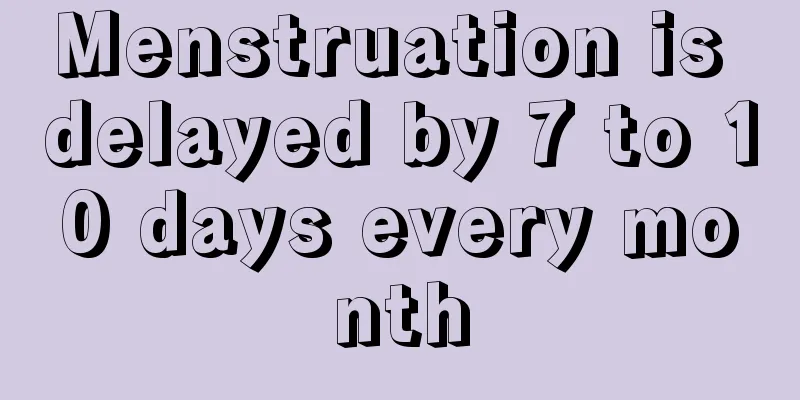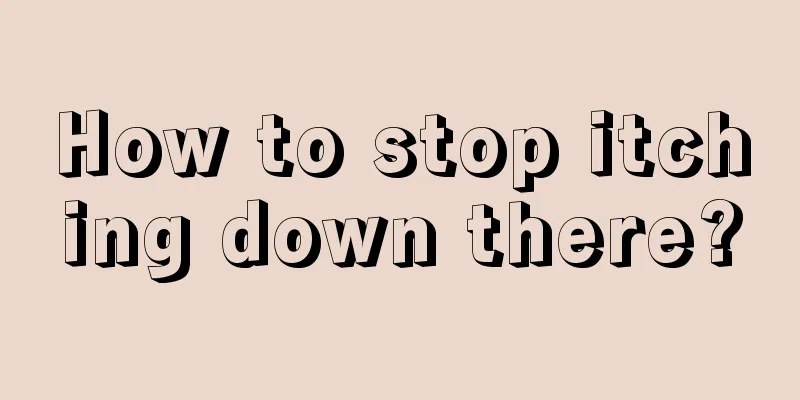The best treatment for multiple uterine fibroids

|
Multiple uterine fibroids, also known as uterine fibroids, have an unclear cause. Most patients have no symptoms after becoming ill. If they do have symptoms, they will show uterine bleeding, abdominal masses, pain, increased vaginal discharge, etc., and the harm is still very serious. Because it is a uterine disease, the patient certainly hopes to recover as soon as possible. So, what are the best treatments for multiple uterine fibroids? Let’s take a look below. Multiple uterine fibroids are benign tumors. As long as they are treated promptly and with appropriate treatment methods, there is hope of cure. The treatment methods for multiple uterine fibroids are generally as follows: 1. The choice of treatment method should be based on the patient's age, the development speed of uterine fibroids, and the number of fibroids. 2. If the disease is in the early stages, the fibroids are small, there is no obvious discomfort, and the fibroids have not worsened and no other complications have occurred, more conservative treatment is recommended. 3. After menopause, women's ability to secrete estrogen will gradually decrease and their ovarian function will also decline. If the patient is approaching menopause, uterine fibroids will gradually shrink as estrogen decreases and ovarian function declines, and no further treatment is required. 4. If uterine fibroids deteriorate very quickly and conservative treatment does not achieve the expected results, surgical treatment is recommended. If the patient has fertility needs, the tumor must be removed and the uterus must be preserved. If the patient is a middle-aged or elderly woman approaching menopause, the uterus can be directly removed if the uterine fibroids are severe to prevent recurrence and infection. Diet for multiple uterine fibroids 1. The diet should be light and you should avoid eating irritating foods, such as lamb, coriander, fish, shrimp, crab and any seafood. 2. Do not eat hot foods, such as red dates, longan, royal jelly, etc. 3. Do not eat coagulant or hormone-containing foods, such as donkey-hide gelatin. 4. Do not eat any spicy or irritating ingredients, such as chili peppers, raw garlic, raw onions, etc. 5. Drink less soy milk in daily life. Soybeans are rich in phytoestrogens, and long-term hormone intake may increase the risk of uterine fibroids. |
<<: How many weeks does it usually take for a first-time mother to enter the pelvis?
>>: Can I get pregnant if I'm HPV positive?
Recommend
What should I do if my butt hurts during my period?
After my period, my buttocks will be more painful...
Why are ICU doctors also equipped with ultrasound machines? Doctors tell the truth
If you go into the ICU, you will find that many I...
How much does it cost to keep the fallopian tube overnight?
Regarding the price of bilateral fallopian tubes,...
What is the best way to treat adenomyosis?
There are also many women who suffer from uterine...
How to take care of your baby during the dog days
The dog days are the hottest weather in the year....
What is an endometrial biopsy
I believe that everyone is still relatively unfam...
Is abortion in early pregnancy dangerous?
In this world, some people hope for the arrival o...
Why do I have tingling pains in my breasts sometimes?
In life, many women suffer from breast hyperplasi...
Girls fart smelly and frequently
Farting is a normal physiological phenomenon. Und...
The metronome of life: How malignant arrhythmias affect our health
Hey, friends! Imagine that the heart is like the ...
The husband did this and his wife could never have children
The disease of infertility is a devastating blow ...
When is the best season to eat hairy crabs? How to steam hairy crabs
September is the best season for eating female cr...
Can I skip rope while preparing for pregnancy?
Fly jumping is a very healthy exercise. It can he...
Symptoms of female body overdraft
Nowadays, many women are busy all day long, worki...









